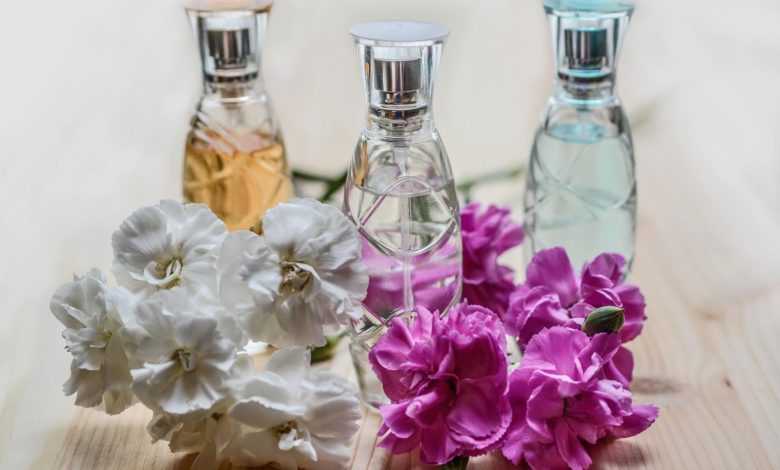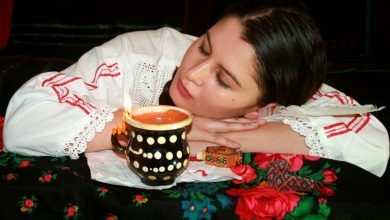Differences Between Perfume, Cologne, and Other Fragrances

Those who go to shop in the fragrance departments of the stores have probably noticed that there are many forms of fragrances such as “perfume, eau de toilette, eau de parfum, eau de cologne”. So what makes these products different, and in most cases some more expensive?
There can be many things to decipher such as brand, price, type when picking up a scent, these give a few clues as to what the bottle actually contains. Finding the right concentration is just as important as choosing the perfect fragrance. If it is too light, the scent fades away very quickly. If it’s too strong, it will suffocate the wearer and anyone nearby, which is a quick way to ruin a pleasant scent. First of all, it should be understood how these scents are made. Fragrances are mixtures of different raw materials or perfume oils. These raw materials can be natural or synthetic, mixed with a solvent (usually a carrier such as alcohol) to preserve, balance and dilute the odor. Alcohol is just as important as oils because it controls the concentration of the scent and how long it can stay. The level of raw material in the scent will determine the time it will last when that scent is applied. Most diluted scents are the most affordable, but more concentrated fragrances last longer and have a richer fragrance. In short, all scents are largely the same, but given a name based on the concentration of alcohol and oil in water.
The following categories describe how concentrated the oils contained in fragrances are and allow to know how light or heavy the scent will be.
Pure Perfume, Perfume or Extrait De Perfume: The odor rate of the applied perfume or how far the smell diffuses from the body in the surrounding air is always very evident with pure perfumes. They tend to be dense in the air, almost tasteful. Pure perfume is the most concentrated and expensive of all fragrance options, it is light oily, usually contains 20 to 30 percent of fragrance oil (perfume essence or essence), and this is enough to make the scent strong, noticeable and lasting throughout the day. The fragrance can last up to 24 hours in a single perfume application. When a person hugs another person wearing pure perfume, it is likely to smell like him for several hours.
Eau de Parfum (EDP): It is the most common fragrance category. Many perfumes on the shop counter are eau de parfum. It has historically been used to describe both male and female fragrances, genderless. The scent should be evident from morning to evening and still perceptible when the person undresses at night. EDPs, which have the highest concentration of perfume oil after pure perfume, contain between 15-20 percent pure perfume oil. EDPs are usually made to be permanent on the skin for 5 to 8 hours without disturbing the people who are nearby or after being hugged, without getting on another person.
Eau de Toilette (EDT): It is a light composition containing 5 to 15 percent pure perfume oil dissolved in alcohol. Its scent does not last until the end of the evening, its permanence is approximately three hours.
Some claim that EDTs are made for daytime and EDPs for night time, but everything about beauty is about choice. Although many successful fragrances started out as EDP and later released in lighter EDT versions, they may not always share the same notes with their perfume counterparts. Some of the heavier notes such as woody and patchouli can be omitted to make the fragrance lighter; Others, such as flowers or citrus fruits, can be added to increase effervescence. Some recommend re-applying the eau de toilette after the fragrance has completely disappeared, but although the oils in the scent may appear pale, they usually regenerate upon contact with moisture. When hands are washed or the person is caught in the rain, the odor may become apparent again.
Eau de Cologne (EDC): Cologne is an old umbrella term for masculine fragrances often used in North America. It is light, fresh and fruity, typically comprised of 2 to 4 percent perfume oil in alcohol and water. Young people often tend to use colognes as fragrances. It is great to use colognes and refresh, but they are not for long-term use all day long. It usually lasts about two hours.
Eau Fraiche: The fragrance is usually most diluted in alcohol and water with 1 to 3 percent perfume oil. It usually stays on the skin for less than an hour. Eau fraiche is often mixed with water and serves as a quick refresh without long-term persistence. Its price is cheaper, it can be used at any time.
The sales stands for perfumes are usually organized by brand or price, not by type, but these terms can be found on the label or tell the salesperson what is being searched for. It is useful to know the differences between fragrances. For those who are looking for something a little lighter and not long-lasting on hot summer days or who want longer lasting with just one touch while out and socializing all night, it can help make a better decision in shopping. Whether you prefer all-day EDP, a heavier option of a pure perfume, or a lighter, more temporary fragrance of an eau fraiche, there is a type of fragrance to suit everyone’s lifestyle.
The Odor Cycle
Fragrances almost always contain three “notes”: a top note, a middle note, and a base note. When a perfume or fragrance is applied, it has three stages to evaporate. The top notes evaporate first, then the middle notes, and then the base notes, so these should be considered when choosing a fragrance.
Top notes: First, lighter fragrances that remain on the skin immediately after application. Depending on the type of fragrance used, these scents can last from 15 minutes to two hours.
Middle notes: Main elements of the fragrance, which usually contains heavier scents such as spices or flowers. This stage takes 3–5 hours.
Basic notes: These scents are the last to be revealed and are the boldest in the equation. These are detectable all day and last 5-10 hours, last evaporating.
The scents will change as the notes evaporate. As strange as it sounds, this cycle is actually what makes a scent interesting and attractive. The higher the quality of the fragrance purchased, the more noticeable these changes.
Smells Increase Confidence
There are many types of fragrances and the way they fuse with the skin can vary. It is best to determine which fragrances are appealing to begin with and then test them on the skin. Different fragrances in the same fragrance family can be tried to find a fragrance that will identify with the person. If applied correctly and appropriately, it will be noticed that scents lead to an increase in self-confidence and perhaps more frequent compliments. By learning how to choose a fragrance that reflects personality and blends well with body chemistry, the advantages of daily perfume, EDT, EDP or cologne can be enjoyed.
Shelf Life of Fragrances Can Be Increased
Fragrances such as perfume, EDP, EDT, and cologne do not have an infinite shelf life, and many bottles have the best date on the bottom. Fragrances should be stored in their original box in order to last longer because exposure to light for a while may cause odors to deteriorate. It is also preferable to store fragrances in a dark drawer or cupboard, but should not be exposed to direct sunlight if possible. Fluctuations in temperature can also shorten the life of a fragrance. This means that storing them in the bathroom will likely increase the chances of spoilage. Fluctuations in temperature and humidity can disrupt the molecular integrity of the odor. Another place to avoid hiding the scent is in vehicle interiors where temperatures can fluctuate rapidly. Some scents may naturally have longer shelf lives than others, yet properly storing fragrances will allow them to be enjoyed for a long time.





